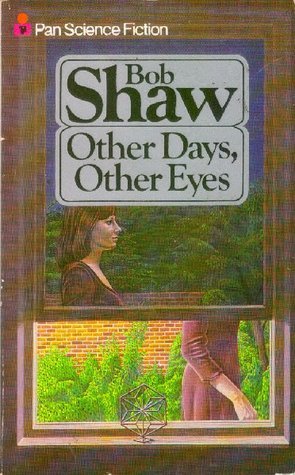What do you think?
Rate this book


158 pages, Mass Market Paperback
First published January 1, 1972
Bose-Einstein condensates are created when atoms are cooled to absolute zero; the atoms collapse into the lowest quantum state, producing a superfluid… Bose-Einstein condensates have optical densities such that the speed of light passing through the mass is extremely low—walking speed as opposed to its usual 186,000 miles per second.